Tilia Heterophylla Tree
- March 19, 2024
- 0 comment
Tilia heterophylla, commonly known as White Basswood, is a species of tree native to North America. It belongs to the Tilia genus within the Malvaceae family. The White Basswood is characterized by its tall stature, reaching heights of up to 80 feet (24 meters), and its broad, oval-shaped leaves with serrated edges.

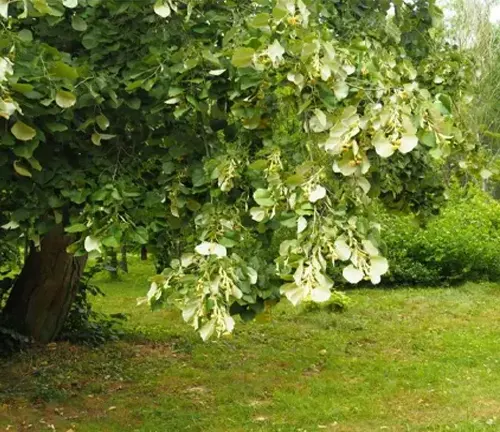
This species typically thrives in moist, fertile soils, often found in forests, woodlands, and along stream banks. It is known for its fragrant, pale yellow flowers that bloom in late spring or early summer, attracting bees and other pollinators. The small, nut-like fruits produced by the White Basswood are a food source for various birds and small mammals.
White Basswood has been valued for its lightweight, soft wood, which is easy to work with and has been historically used in the crafting of furniture, carving, and musical instruments. Additionally, the inner bark of the tree has been utilized in traditional herbal medicine for its purported medicinal properties.
| Characteristic | Description |
|---|---|
| Scientific Name | Tilia heterophylla |
| Common Names | White Basswood, White Linden |
| Family | Tiliaceae |
| Native Region | North America |
| Plant Type | Deciduous tree |
| Size | White Basswood can reach heights of up to 80 feet, with a broad, spreading crown. |
| Leaves | The leaves are alternate, heart-shaped, and serrated, with a dark green upper surface and lighter green underneath. |
| Flowers | White Basswood produces fragrant, creamy-white flowers in late spring or early summer. |
| Propagation | It can be propagated from seeds, cuttings, or grafting. |
| Drought Tolerance | Moderate drought tolerance once established. |
| Cultural Uses | Historically, various parts of the tree have been used for medicinal purposes, basket weaving, and woodworking. |
| Ecological Role | White Basswood trees provide habitat and food for wildlife, contribute to biodiversity, and help improve soil health. |
| Notable Species | Tilia americana (American Basswood), Tilia cordata (Littleleaf Linden), Tilia platyphyllos (Large-Leaved Linden) |
| Hardiness Zones | White Basswood thrives in USDA hardiness zones 3-8. |
| Growth Rate | Moderate growth rate, averaging 1-2 feet per year under optimal conditions. |
| Lifespan | Can live for several hundred years under favorable conditions. |
Botanical Beauty of “Tilia heterophylla Tree“

Tilia heterophylla, or White Basswood trees, stand out for their exceptional botanical beauty, making them highly sought-after for landscaping and urban greening endeavors. Their elegant form, abundant foliage, and fragrant flowers combine to bring a captivating charm to any setting, enhancing the natural environment with their allure.
Woodland Elegance
Exuding a sense of woodland elegance, Tilia heterophylla boasts a tall, straight trunk, gracefully arching branches, and dense foliage that create a picturesque scene. During spring and summer, the tree becomes adorned with clusters of fragrant flowers that not only beautify the landscape but also attract essential pollinators like bees and butterflies.
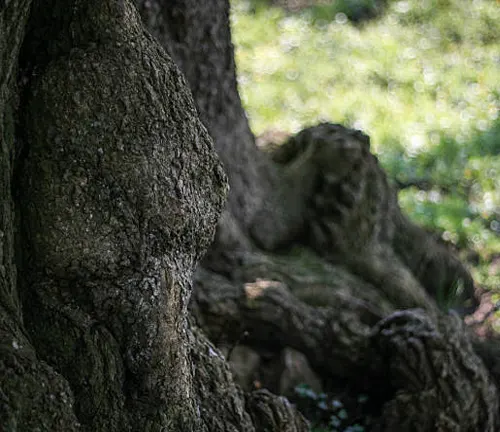
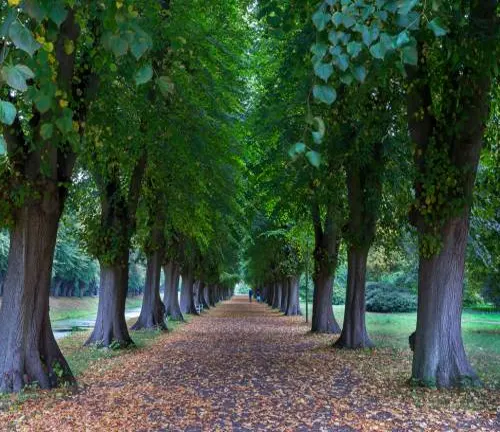
Ecological Importance
Beyond its visual appeal, White Basswood plays a pivotal role in ecological balance by providing food and shelter for a diverse array of wildlife species such as birds, squirrels, and insects. Its extensive root system contributes to soil stabilization, preventing erosion and supporting overall ecosystem health.
Cultivation and Conservation
While White Basswood is relatively easy to cultivate and commonly used in various settings like home gardens and urban landscapes, conservation efforts are crucial due to threats like habitat loss and invasive species. Protecting this valuable species through conservation initiatives is essential for its continued survival.
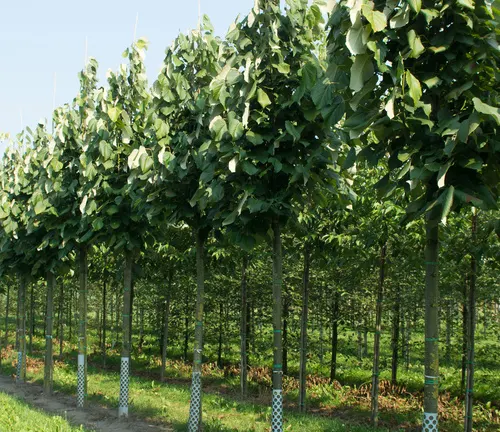
Fragrance
A distinguishing feature of Tilia heterophylla is its fragrant flowers that emit a sweet, honey-like scent. This alluring fragrance not only attracts pollinators but also adds to the tree’s overall appeal, making it a favorite among gardening enthusiasts and nature lovers.
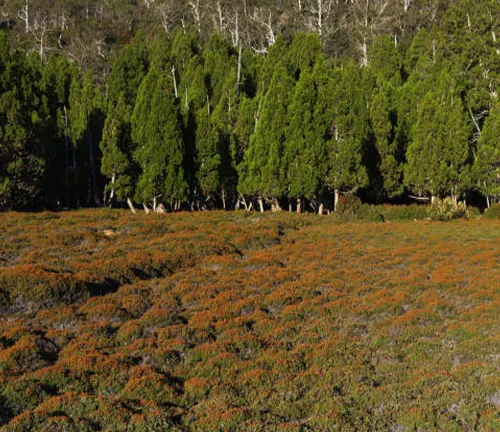
Soil Stabilization
The extensive root system of White Basswood plays a vital role in soil stabilization by preventing erosion and runoff. This characteristic makes it an excellent choice for planting in areas prone to soil degradation or erosion, such as riverbanks, hillsides, and disturbed landscapes.
Common Uses
White Basswood has been historically valued for its versatile wood and medicinal properties. Its common uses include being utilized in timber for furniture making, cabinetry, carving, and musical instrument construction. Additionally, various parts of the tree have been employed in traditional medicine to treat ailments like colds, coughs, and inflammation.
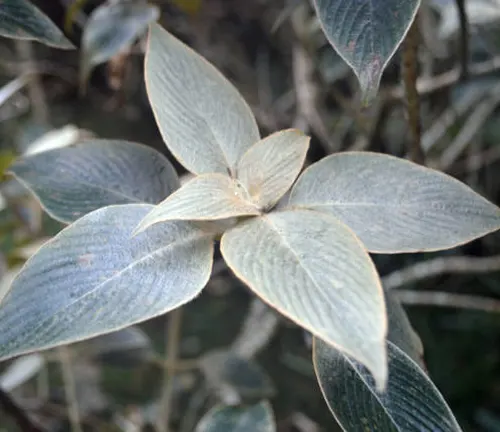
Benefits
The cultivation and preservation of Tilia heterophylla offer numerous benefits including enhancing aesthetic value in landscapes and urban environments with its graceful form and fragrant flowers. It also provides essential wildlife habitat contributing to biodiversity conservation while aiding in soil conservation through its extensive root system that stabilizes soil and improves overall soil health.
Different Species
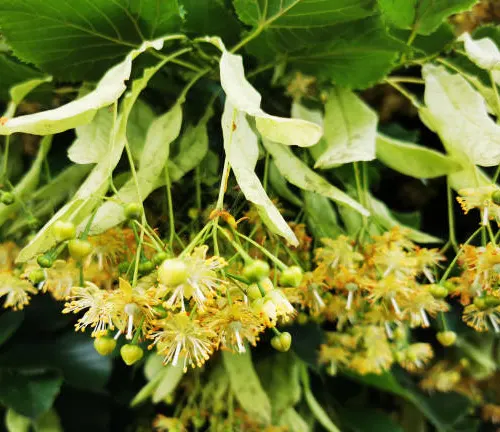
Tilia Americana
(American Basswood)
Tilia americana, or American Basswood, is a majestic deciduous tree native to eastern North America. Known for its towering height and large, heart-shaped leaves, this species blooms with clusters of fragrant pale yellow flowers in late spring or early summer, attracting bees and pollinators. Thriving in forested and riparian habitats, American Basswood’s lightweight wood is highly prized for its versatility in woodworking and carving applications.
Tilia cordata
(Littleleaf Linden)
Tilia cordata, or Littleleaf Linden, is a charming deciduous tree hailing from Europe and western Asia. Celebrated for its compact size and neat form adorned with small heart-shaped leaves, this tree blossoms with delicate, fragrant yellow flowers during the summer months. Littleleaf Linden finds its place in parks, gardens, and urban landscapes, where its flowers are often harvested for herbal teas valued for their calming propertie
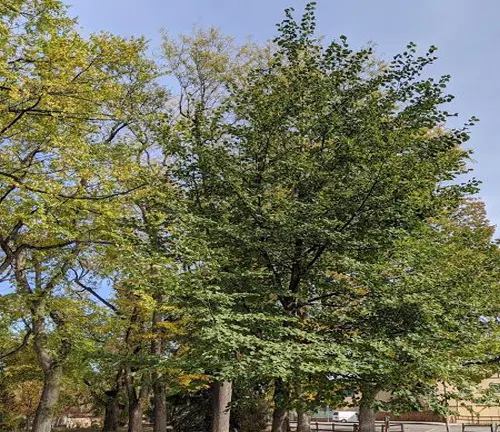
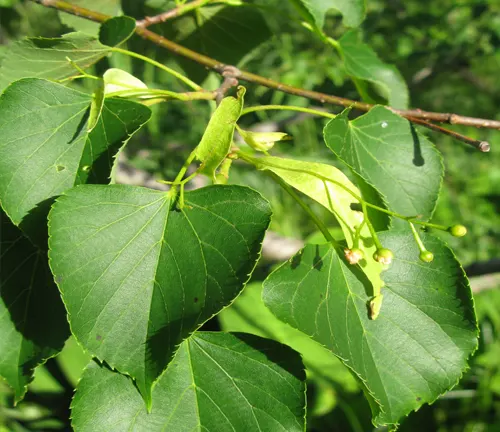
Tilia platyphyllos
(Large-Leaved Linden)
Large-Leaved Linden, scientifically known as Tilia platyphyllos, originates from Europe and western Asia. Its broad ovate leaves give it the name “Large-Leaved,” and in late spring to early summer, it graces its surroundings with clusters of creamy-white, sweetly scented flowers. This species thrives in urban settings due to its tolerance and is commonly planted along streets and in parks for its aesthetic beauty and ability to provide shade.
Frequently Asked Questions (FAQs)
- Is Tilia heterophylla the same as Tilia americana (American Basswood)?
- No, Tilia heterophylla, commonly known as White Basswood, is a distinct species from Tilia americana, although they belong to the same genus.
- What are the ideal growing conditions for Tilia heterophylla?
- Tilia heterophylla thrives in moist, well-drained soils and prefers full sun to partial shade. It is adaptable to a wide range of soil types and pH levels.
- How tall does Tilia heterophylla typically grow?
- White Basswood trees can reach heights of up to 80 feet or more, with a broad, spreading crown.
- When does Tilia heterophylla produce flowers?
- Tilia heterophylla typically produces fragrant, creamy-white flowers in late spring or early summer.
- Is Tilia heterophylla tolerant of drought?
- While Tilia heterophylla can tolerate moderate drought once established, it prefers consistent moisture and may suffer from prolonged periods of dryness.
- Are there any notable pests or diseases that affect Tilia heterophylla?
- White Basswood is generally resistant to pests and diseases, but it can be susceptible to aphids, scale insects, and powdery mildew under certain conditions.
- What are some common uses of Tilia heterophylla?
- Tilia heterophylla wood is prized for its lightweight and straight grain, making it suitable for furniture making, cabinetry, carving, and musical instrument construction. Additionally, various parts of the tree have historical uses in traditional medicine, basket weaving, and woodworking.
- Do White Basswood trees attract wildlife?
- Yes, Tilia heterophylla provides habitat and food for a variety of wildlife species, including birds, mammals, and insects. Its flowers are particularly attractive to bees and other pollinators.
- Is Tilia heterophylla a fast-growing tree?
- While Tilia heterophylla has a moderate growth rate, averaging about 1-2 feet per year under optimal conditions, it is not considered a fast-growing species.
- How long does Tilia heterophylla live?
- White Basswood trees can live for several hundred years under favorable conditions, contributing to their significance in natural ecosystems and cultural landscapes.


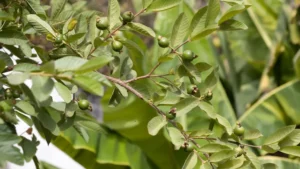
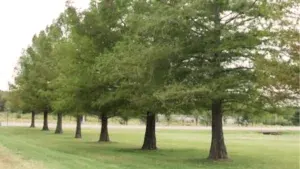
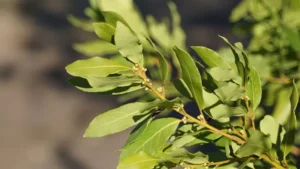
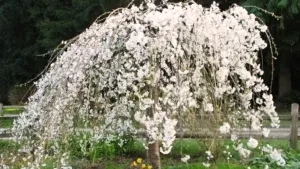

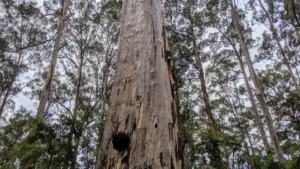
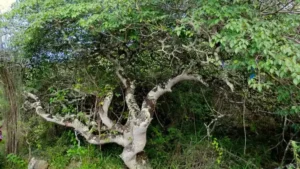
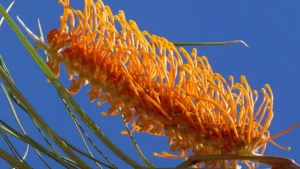



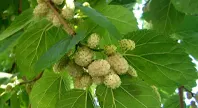
Leave your comment